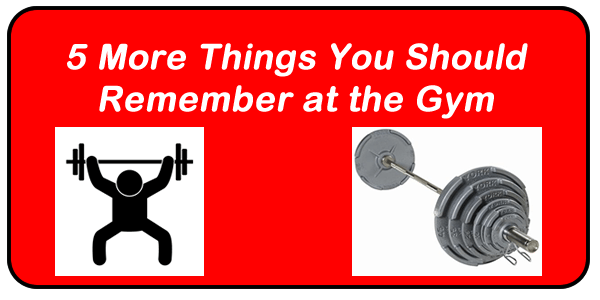
Push yourself harder. I am sure you've been told that at some point. I am here today to be blunt and direct about this topic. If you leave having learned something then my mission will be accomplished. I am not going to worry about your feelings. This is not going to be a politically correct article. This is going to be a “getting real” article. Yes, shit just got real!
Go Beyond and Push Yourself Harder
I will start by saying there is pain and then there is soreness and discomfort. Pain is something you should pay attention to. It is a signal from your body to stop whatever you are doing. Soreness and discomfort are another story entirely. They come with the territory. How many of you have stopped doing a bicep curl because the pump was too intense? If I did that each time the pump was too intense I would never make changes to my body. Go beyond the discomfort. Don't allow yourself to be held back. It is a self-limiting factor that many people have and need to lose.
Push Yourself Harder by Taking it to Failure
Can you even take a set to failure? Have you actually experienced what it is like to not be able to do even one more repetition? I know so many of you are saying you can and have, but I am calling bullshit. You have generally stopped short on every exercise. I see it all the time in the gym. A guy has the weight too low and is repping out. Suddenly he stops. Why? Did the weights say he was done? I don't think so. When you have more left in you, push yourself harder. It isn't a difficult concept to understand but apparently it is difficult to execute on.
Push Yourself Harder and Stop Whining
I am so tired of watching people phone in their workouts. They are whiney and shouldn't bother lifting weights. Go to the group exercise room if you want to whine. The weight room floor isn't the place for whiney people. This is where the serious people get the job done. Push yourself harder than you ever thought was possible. You will feel amazing afterwards and you will begin to see some amazing results. Check the whining at the door. Give it a shot and see what happens.




